They say that the best way to make a small fortune in wine making is to start with a large one. Every wine region is littered with the ghosts of wineries who lost the financial battle that seems so easy on the surface: sell pennies worth of grape juice for tens or hundreds of dollars as wine. If only it were that simple.
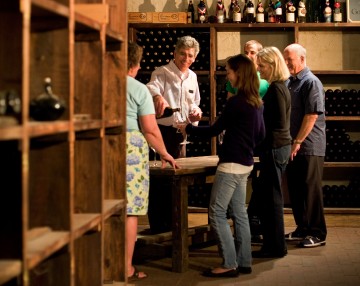
Picture this: you are pouring your hand-crafted wine for happy tasters, nestled in a cozy tasting room in the front of your winery chock full of barrels of aging wine. Every day builds both your reputation as a winemaker and financial legacy for your heirs. A bucolic scene!
If only it were that simple. Both the reputation and the legacy are frightfully difficult to create.
Breaking through the noise to get noticed as a new winemaker is, at best, a fickle mixture of “right place, right time” and dogged determination. Creating great wine is a necessary, but by no means sufficient, ingredient. So much more is required!
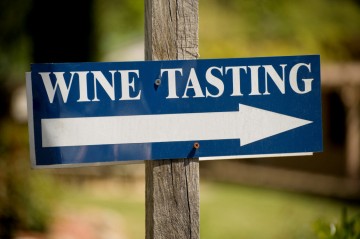 Hundreds of wineries open every year in the U.S. alone. How can a new label make a name for itself? Thousands of hours pouring wine for people who really aren’t paying attention, hundreds of county fair competitions, endless promotional events at local hotels, restaurants and markets. Every contact with the press (even up-and-coming wine blogs) is a precious opportunity too good to miss. All this time spent building a brand is costly, either in cash if outsourced or in time away from making wine if done by the wine maker personally. But maybe, just maybe, somebody will notice. And possibly buy some of your wine.
Hundreds of wineries open every year in the U.S. alone. How can a new label make a name for itself? Thousands of hours pouring wine for people who really aren’t paying attention, hundreds of county fair competitions, endless promotional events at local hotels, restaurants and markets. Every contact with the press (even up-and-coming wine blogs) is a precious opportunity too good to miss. All this time spent building a brand is costly, either in cash if outsourced or in time away from making wine if done by the wine maker personally. But maybe, just maybe, somebody will notice. And possibly buy some of your wine.
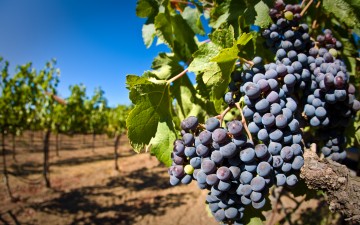 What a wonderful moment, when someone buys your wine! But that wine has been part of your financial estate for a long time by that point. It started out as grape juice, of course. Grapes are inexpensive (compared to wine, at least), but by no means free. That means that you either grew them on your (probably pricey) property or paid someone else who grew them on their (probably pricey) property. In either case, someone had to make the nerve-crushing decision to harvest the crop on a particular day, hoping to capture the very best of that season’s essence. Ka-Ching! Your “cost of wine” bill is off to a solid start!
What a wonderful moment, when someone buys your wine! But that wine has been part of your financial estate for a long time by that point. It started out as grape juice, of course. Grapes are inexpensive (compared to wine, at least), but by no means free. That means that you either grew them on your (probably pricey) property or paid someone else who grew them on their (probably pricey) property. In either case, someone had to make the nerve-crushing decision to harvest the crop on a particular day, hoping to capture the very best of that season’s essence. Ka-Ching! Your “cost of wine” bill is off to a solid start!
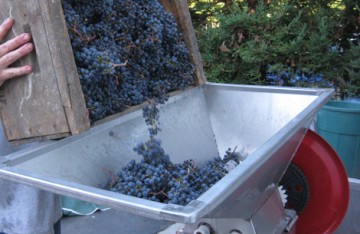 Once you have your season’s harvest of grapes, the hard work begins. First you need to sort and clean the grapes, removing the mind-boggling variety of detritus that gets harvested with the grapes. Rocks and twigs and critters are just the things that winemakers admit to finding in their bins, but you may get a surprise that you won’t talk about, either. Then into the crusher/destemmer. Finally, you have juice! Oh, yes, and substantial labor and equipment costs to add to your wine bill.
Once you have your season’s harvest of grapes, the hard work begins. First you need to sort and clean the grapes, removing the mind-boggling variety of detritus that gets harvested with the grapes. Rocks and twigs and critters are just the things that winemakers admit to finding in their bins, but you may get a surprise that you won’t talk about, either. Then into the crusher/destemmer. Finally, you have juice! Oh, yes, and substantial labor and equipment costs to add to your wine bill.
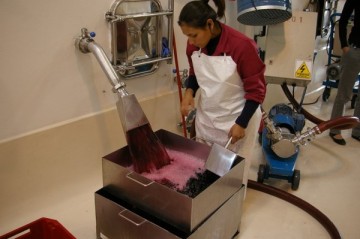 Grape juice is nice, but Welch’s has that market pretty well wrapped up, and you probably weren’t harvesting Concord grapes anyway. Now you need to ferment the juice into something more profitable. That means barrels or tanks or really large jugs. Pretty much any container will work, after you have laboriously cleaned and prepared it for the task, of course. Fast forward through the drudgery of racking and topping, filtering and fining, until you have something that “just” needs time to age. Those barrels or tanks aren’t cheap, though, so tack that, plus all that labor, onto your growing wine bill.
Grape juice is nice, but Welch’s has that market pretty well wrapped up, and you probably weren’t harvesting Concord grapes anyway. Now you need to ferment the juice into something more profitable. That means barrels or tanks or really large jugs. Pretty much any container will work, after you have laboriously cleaned and prepared it for the task, of course. Fast forward through the drudgery of racking and topping, filtering and fining, until you have something that “just” needs time to age. Those barrels or tanks aren’t cheap, though, so tack that, plus all that labor, onto your growing wine bill.
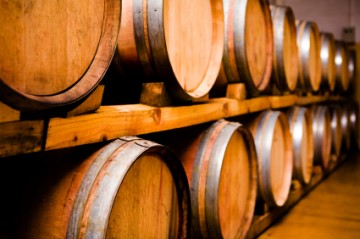 Paul Masson once had an advertising campaign featuring Orson Wells promising, “We will sell no wine before its time.” That sounds good, but wine aging in the back room, or resting in those shiny new bottles (bearing artistic labels that took months to get approved by your state’s alcohol control board) won’t pay any bills. Ah, there’s the rub! You’ve spent a mountain of money and months of labor, and you haven’t earned a cent.
Paul Masson once had an advertising campaign featuring Orson Wells promising, “We will sell no wine before its time.” That sounds good, but wine aging in the back room, or resting in those shiny new bottles (bearing artistic labels that took months to get approved by your state’s alcohol control board) won’t pay any bills. Ah, there’s the rub! You’ve spent a mountain of money and months of labor, and you haven’t earned a cent.
Finally, you can’t wait any more! The wine is drinking pretty well. If you’re honest with yourself, it could use a bit more time, but those bills won’t pay themselves. It’s time to sell some wine!
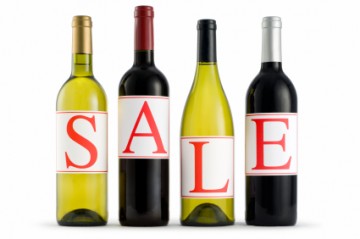 Selling wine! A wonderful and terrible thing at once. Small wineries don’t really have any options beyond “Direct to Consumer” or DtC as the cool kids call it. Larger wineries have the luxury of 3 Tier Sales, where the winery sells to a distributor that sells to a retailer that sells to you. These two very different business models each have benefits and hardships, but surprisingly, they end up in the same place, financially.
Selling wine! A wonderful and terrible thing at once. Small wineries don’t really have any options beyond “Direct to Consumer” or DtC as the cool kids call it. Larger wineries have the luxury of 3 Tier Sales, where the winery sells to a distributor that sells to a retailer that sells to you. These two very different business models each have benefits and hardships, but surprisingly, they end up in the same place, financially.
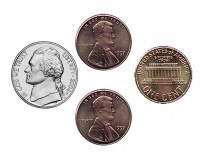 Averaged over hundreds of wineries, large and small, the best a winery can hope for is to net about 8% of gross sales as profit. The other 92 cents on every dollar are consumed by production, administration and selling costs. That assumes that everything pretty much works out perfectly.
Averaged over hundreds of wineries, large and small, the best a winery can hope for is to net about 8% of gross sales as profit. The other 92 cents on every dollar are consumed by production, administration and selling costs. That assumes that everything pretty much works out perfectly.
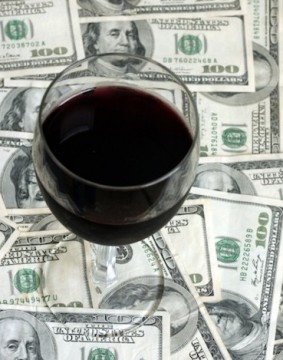 Obviously, DtC sales generate more gross profit, on a unit basis, than distributin sales. That’s because the end buyer’s price is pretty much fixed, but distributors and retailers have a pesky habit of expecting to make money, too, so they buy wine from the winery at a substantial discount. That discount is split between the distributor and retailer, but the payoff is lots and lots of wonderful sales volume. So a few thousand bottles of wine sold by the winery at high profits pretty much matches up with hundreds of thousands of bottles sold into distribution at thin profits, on a percentage basis.
Obviously, DtC sales generate more gross profit, on a unit basis, than distributin sales. That’s because the end buyer’s price is pretty much fixed, but distributors and retailers have a pesky habit of expecting to make money, too, so they buy wine from the winery at a substantial discount. That discount is split between the distributor and retailer, but the payoff is lots and lots of wonderful sales volume. So a few thousand bottles of wine sold by the winery at high profits pretty much matches up with hundreds of thousands of bottles sold into distribution at thin profits, on a percentage basis.
All that wine aging in barrels or tanks? It all has to end up delicious, and in enough demand to sell out. The quickest road to ruin as a winery: unsold inventory. That inventory has already sucked up all the time, energy and money that the winemaker had, it just never returned any (financial) love. With single-digit profit margins as a best case outcome, a tiny glitch in the path from vineyard to some wine buyer’s refrigerator can mean curtains for a thinly capitalized winery.
So if making wine treads such a narrow path to profitability, why do people go into the business? Well, it is A LOT of fun, with opportunities for creative expression, becoming one with nature, and spending a lot of time with an adoring public. All pretty enticing stuff!
This all adds up to one thing: a deep appreciation for the brave souls who make the wonderful wine that brings such enjoyment. To all of you that take up the challenge: thank you and CHEERS!
About the Author: John grills a mean steak and is always in the market for another wine fridge. Believes that if a winery has more than 10 employees, it's probably too big. Buys wine faster than he drinks it, but who cares?


